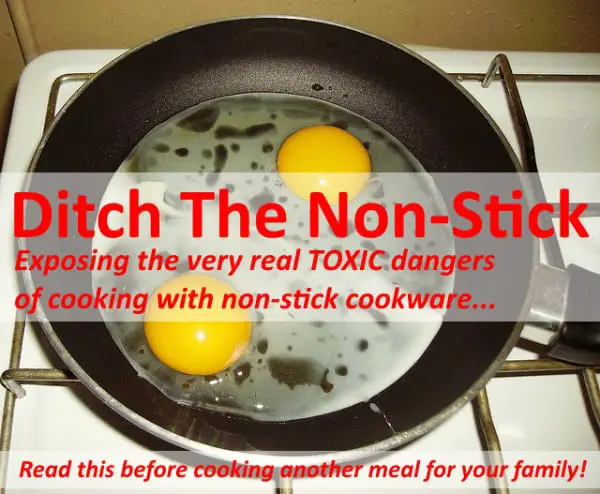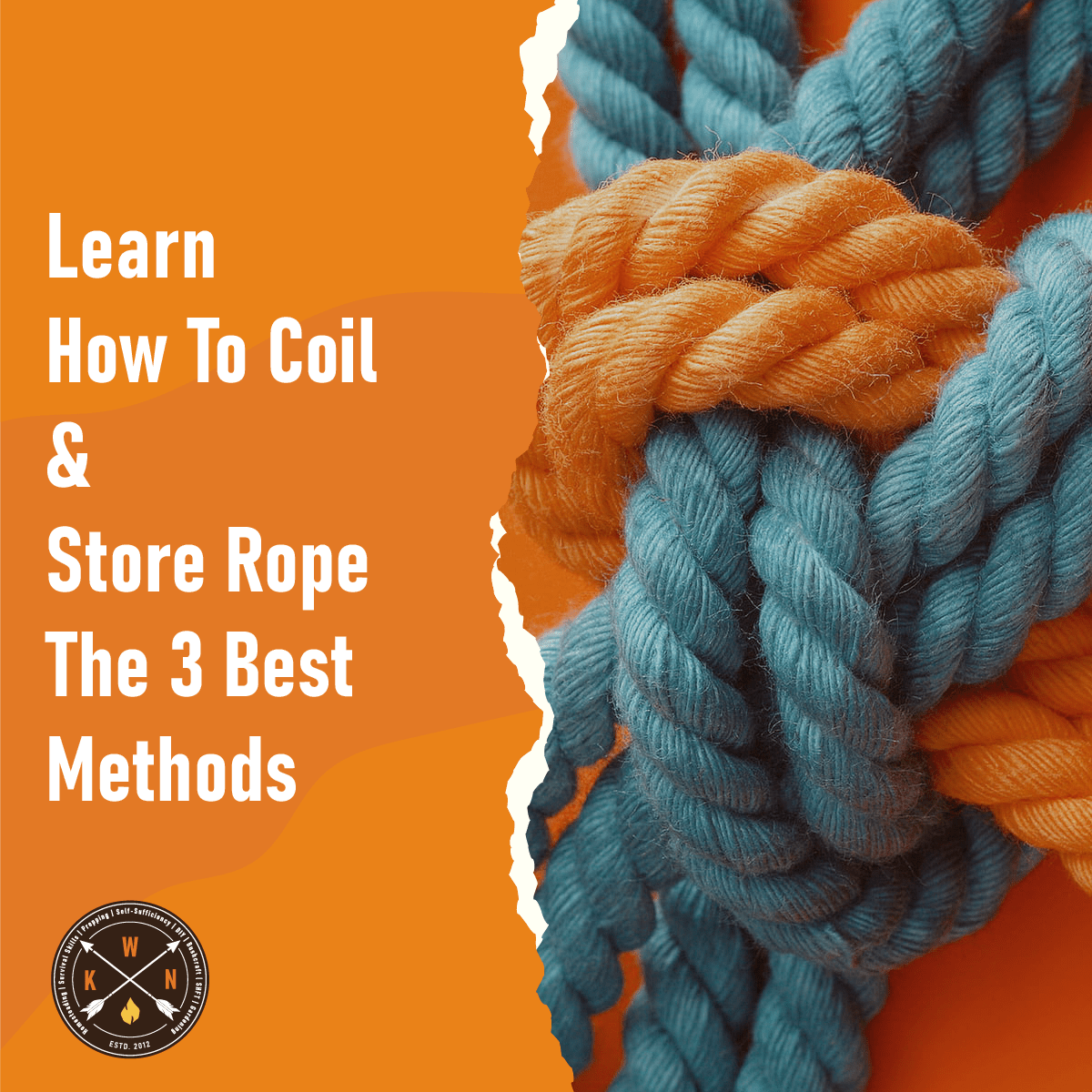There’s nothing quite worse than diligently working in the kitchen to prepare a wondrous meal, only to have your foods stick to the pan. While there are many ways to alleviate this situation, such as spraying the pan with olive oil, many choose to forego this method by cooking with non-stick cookware. Although the concept of such cookware seems wonderful – being able to cook to your heart’s content without ever having to worry about sticky, burnt food bits – the reality of using such devices is far more dangerous and toxic than what manufacturers and promoters wish to divulge.
Table of Contents
ToggleWhat is Non-Stick Cookware?
Before delving into the harsh realities of non-stick cookware, it’s imperative to understand what these cooking utensils are made of. The majority of non-stick cooking pans are manufactured out of steel and aluminium; however, its the coating of polytetrafluoroethylene, or PTFE, that gives these pans their non-stick benefits. Another commonly used chemical coating in such cooking devices is perfluorooctanoic acid or PFOA. While at the surface, it may seem having a non-stick pan is the greatest innovation in modern cooking utensils; however, the truth is far direr.
The Real Dangers of Non-Stick
The carcinogenic chemical used to prevent foods from sticking to pans is touted as being perfectly safe when used at lower temperatures; however, several researchers have found as soon as the pan begins to heat, toxic fumes – similar to the toxic nerve gas used in WWII known as phosgene – is released into the air, and into your foods. This, along with up to six other toxic gases, begins to emit from the pan within five minutes of cooking. Along with the obvious dangers of breathing toxic fumes, research suggests prolonged use of such chemicals may support cancer cell development, flu-like symptoms (known as Teflon Flu or Polymer Fume Fever, among scientists) and even birth defects in pregnant women. As you can see, there’s a great price to pay for cleaning convenience.
Evidence suggests prolonged use of non-stick pots and pans may be linked to:
- Increased risk of liver cancer, testicular cancer, breast cancer and pancreatic cancer.
- Low birth weight in newborns
- Increased cholesterol levels
- Abnormal thyroid hormone levels
- Weakened immune system (a major concern for those with compromised immune systems)
- Liver inflammation
Safer Alternatives to Traditional Non-Stick Pots and Pans
The aforementioned is only a brief overview of the real and serious dangers associated with non-stick cooking pans. Although avoiding non-stick pans may be difficult, there are several alternatives that produce similar non-stick results without the harmful effects of PFCs.
Perhaps the greatest alternative to cooking with a non-stick pan is to choose a 100 per cent stainless steel pan. The surface of stainless steel is extremely easy to clean with soap and water, and many professional chefs prefer this method of cooking as it gently browns foods without burning. Another effective alternative is also one of the most traditional forms of stovetop cooking – cast iron skillets. Referred to as naturally non-stick, this extremely durable cooking utensil can handle high temperatures and is extremely easy to clean; although, many cooks prefer to “season” their cast iron skillets with the flavours of previously cooked meals.
Above all else, now is the time to think about the safety of you and your family (and even your pet birds, as the fumes from non-stick pans, can literally kill birds). As difficult as it may be, not all conveniences in life are worth your time, money and health. Skip the non-stick pans and reach new heights in your cooking abilities and overall health.






